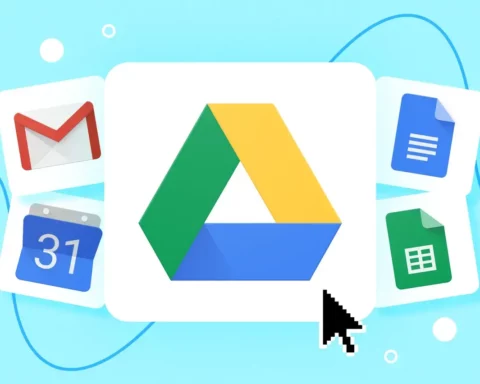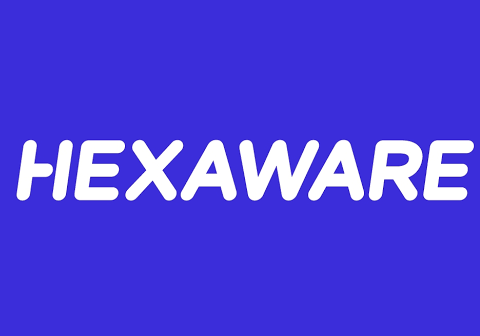In this new era, when everything is changing rapidly, cloud computing has come to the forefront to show the users its capabilities. It is a computer resource that, whenever required, could be called upon like cloud storage and computing power without the active involvement of the user. Cloud computing generally refers to data centers accessible by users all over the world. And now, in 21st-century cloud computing is much more than an unlimited supply of servers and software which you pay for. It has become a necessity to connect and combine with other services to meet the application needs. For example, with an app like Slack, you can bend its functionality by integrating its services with dozens of other services like google drive of Microsoft Teams. Since the oncoming of Amazon Web Services, Microsoft Azure, and Google Cloud Platform, they have changed the meaning, providing vast ecosystems and, with the ability to integrate them, has open avenues for applications. Even streaming services like Netflix rely on cloud computing services to run, and so many other businesses require their services. Companies get the advantage of not having to maintain their own IT infrastructure and simple way for what they need depending on their usage of the software. The services may range from natural language processing and artificial intelligence to standard office applications. This feature has made it an essential part of our lives and has helped us provide a more inter0connected internet experience.
Instead of building programs from scratch develops now add APIs and make their code on existing free to use service build their application.
There are three types of Cloud Computing Services:
- Infrastructure as a Service (IAAS): It gives business access to extraordinary web architecture such as storage space, servers, and connections. Companies need not manage any of the infrastructure themselves, and business can develop their architecture and grow on demand.
- Platform as a Service (PAAS): Developed instead of IAAS to render the scalability and deployment of any application. It is valuable because it requires no money and allows scalability by design.
- Software as a Service (SaaS): In this Cloud applications allow the cloud to be rented for software developers. It reduces their workforce to maintain and supports the application.
In the current world scenarios, when people are being forced to work out of their homes, employees are worried about the productivity of their employees hence cloud computing and SaaS and provided a solution. Companies are seeing that productivity has gone up rather than going down. The stringent lockdown on worldwide has made it a necessity and a must-have for companies. This industry is projected to reach $17700 Billion by 2025.
Seeing the success of the American service providers in cloud computing, Germany and France are making a cloud computing platform for Europe. Europeans could use cloud resources from any supplier they want in the ecosystem and switch between providers without losing their data. This is the most recent project to challenge the supremacy of the American cloud provider and ant to gain tech sovereignty from the European Union.
There are various ways i which providers offer their services like Amazon Web Services provides six different cloud storage tiers, each with different performance and price points. However, this industry is yet to come into the mainstream; its advantages are used by every one of us who use the internet and is very beneficial.










